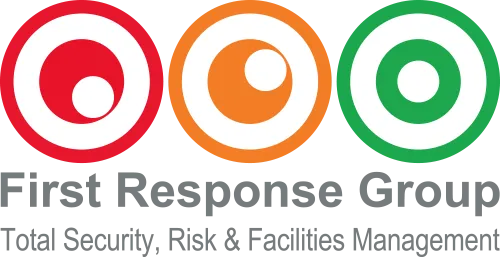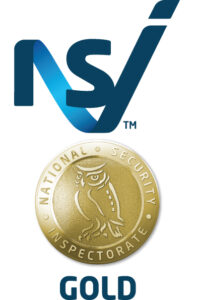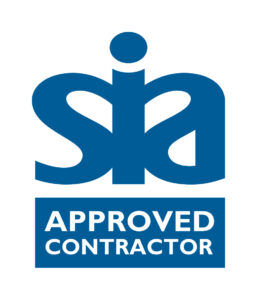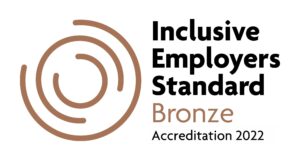Facilities management is traditionally seen as an analogue sector, where manual operations result in physical changes and improvements. In some respects that will always be the case, but increasingly we are able to adopt technology to help us make these physical changes and improvements. In turn this provides us with real-time data and better information with which to make more informed decisions. The result is what we now know as ‘smart buildings’; a 21st century reality which allows us to use the very latest technology to manage buildings and facilities, and to drive operational improvements.
Smart technology gives us better information to improve operational efficiencies and reduce costs, while it can also help reduce our carbon footprint and improve our compliance. This has rapidly transformed the facilities management sector, and here we have outlined the key technologies that have come to the market to make facilities management a more flexible, efficient and intelligent business sector.
Condition monitoring
The idea of using timers to manage heating systems and air conditioning is hardly new, but smart technology makes this process much more accurate and reliable and can also be integrated with other systems to deliver more control and to offer new, practical uses. We can now manage air quality much better and have a better handle on how to reduce our energy consumption. Sensors can also monitor temperature and humidity as well as footfall and room occupancy. This produces data that helps us manage HVAC systems and lighting and to drive operational efficiencies.
Planned maintenance
Smart systems can now provide us with streams of data relating to how machinery and equipment is operating. These have replaced manual logs and are able to predict and notify when servicing and maintenance is required. Systems such as HVAC and security systems, as well as grounds equipment can be managed proactively to reduce unplanned breakdowns and downtime.
Artificial intelligence
AI is everywhere today, and that includes in facilities management. This enables us to go one step further than the planned maintenance processes outlined above. We can now run models and simulations, and the data patterns produced are able to predict when breakdowns may occur. But they can also help to identify more efficient solutions for certain processes, or to suggest where space utilisation can be improved.
Cloud-based storage
Individual laptops and large servers running 24/7 can be a drain on operational efficiencies as well as energy consumption. Cloud-based technology has improved how data can be stored, accessed and shared, and means collaborative work and remote work is much easier to manage, and performance data is easy to share and comment on. This is all done in compliance with additional data security requirements also.
Remote working
Gone are the days when a facilities manager was physically tied to the facility. Smartphones and the related technology now enables almost any element of a facility to be tracked and monitored away from the property itself. This includes work logs, service and maintenance, security and communication systems. All this can be managed 24/7, which improves the overall facilities management, offers much better visibility and means proactive decisions can be made any time, and always armed with the best information, which is mostly coming from that small device in your pocket.
Security
Smart technology has transformed the security sector in many different ways. Intruder alarms are now much more sensitive, accurate and reliable and include M-PIDS systems, where sensors can react to perimeter intruders and detect security issues over a wide area on a 24/7 basis. Access control systems now allow fast and simple, contactless entry and exit around the clock while also providing usage and occupancy data. Meanwhile ANPR systems also manage vehicle entry without any manual intervention required. CCTV systems also use smart technology to offer facial recognition, head counts, heat maps and intuitive surveillance.
The result of all these smart systems is what we now call ‘intelligent building technology’. This provides us with:
- Better data upon which to base decisions
- Real-time information
- The ability to make proactive decisions and plan better
- More accurate and reliable systems
- Intelligent data that offers cost-effective solutions
- Contactless systems that can be unmanned and can operate 24/7
Smart technology for your facility with First Response Group
Ultimately this results in a much more efficient operation where costs can be managed better and reduced more easily, while areas such as security and sustainability can also be much more effective. At First Response Group we have been at the forefront of finding new technological solutions for many years, and have incorporated many of these smart solutions into our facilities and security services, while our integrated solutions enable smart technologies to be combined to provide a bespoke management system.
So if you want to improve the smart technology in your facility and to develop an intelligent building to drive operational change, you can contact our team at First Response Group today.

Article By:
Head of FM











